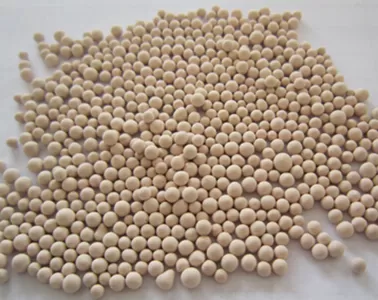molecular sieve activation is critical for restoring adsorption efficiency after saturation. The primary method is thermal activation: heating the molecular sieve to 200–350°C in a dry, inert atmosphere (e.g., nitrogen) drives off adsorbed moisture and volatile compounds. This process, often performed in specialized ovens or within packed columns, must balance temperature and duration to avoid damaging the sieve’s crystalline structure.

Pressure swing activation is another approach, common in PSA systems. By rapidly reducing pressure, the sieve releases trapped molecules, which are then flushed out with a purge gas. This method is energy-efficient for large-scale operations, as it avoids high heating costs and allows in-situ activation without removing the packing from the system.
Gas purging, using dry air or inert gases at moderate temperatures (100–200°C), complements thermal or pressure methods, ensuring complete removal of residual impurities. The choice of activation method depends on the molecular sieve type: for example, lithium molecular sieve requires precise temperature control (200–250°C) to preserve its lithium ions, while high-efficiency sieve tolerates broader ranges.
Proper activation maintains the molecular sieve’s pore integrity and adsorption capacity, extending its operational life. Regular activation, tailored to the sieve’s composition and application, ensures consistent performance in drying, separation, and purification processes.

